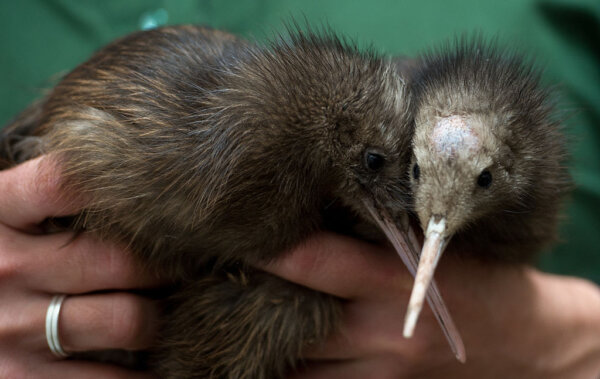In 2016, the New Zealand government launched the ambitious Predator Free 2050 project with the goal of eliminating all non-native predators in the country. The Department of Conservation (DOC) in New Zealand is dedicated to eradicating mustelids by 2050, as these predators pose a significant threat to the native wildlife, particularly birds like the Kiwi. Introduced from the United Kingdom in the 19th century, predators such as stoats, ferrets, and rats have caused a drastic decline in the native species, putting one in three at risk of extinction within two human generations.
To combat this threat, DOC has established predator-free zones throughout New Zealand’s natural habitats to protect endangered animals. Stoats, known for their adaptability to various environments, are found across the country in different landscapes. The Predator Free 2050 project aims to use traditional methods such as traps, bait stations, and toxins to target and eliminate these predators.
Despite criticisms of wasteful spending by DOC, including the recent case of investing nearly half a million dollars to eradicate one stoat from Chalky Island, the department defends its actions as necessary to protect endangered species like the Kākahu skinks and kiwi chicks. Biologists, such as Auckland University Professor James Russell, support the expenditure, emphasizing the importance of continued investment in predator eradication to safeguard New Zealand’s unique flora and fauna for future generations.
While the cost of such operations may seem high, the long-term benefits of preserving native wildlife justify the expenses incurred by DOC. As New Zealand strives towards a predator-free future, the commitment to conservation efforts remains crucial in protecting the country’s natural heritage.
Source link





